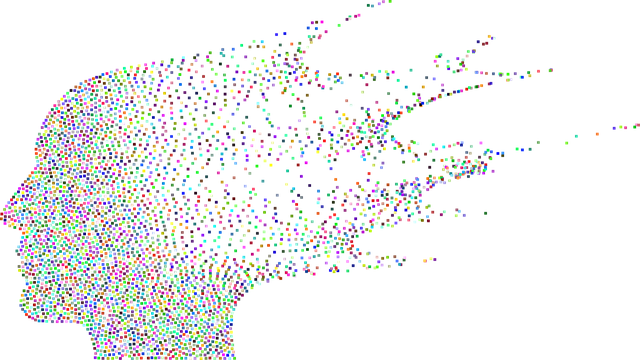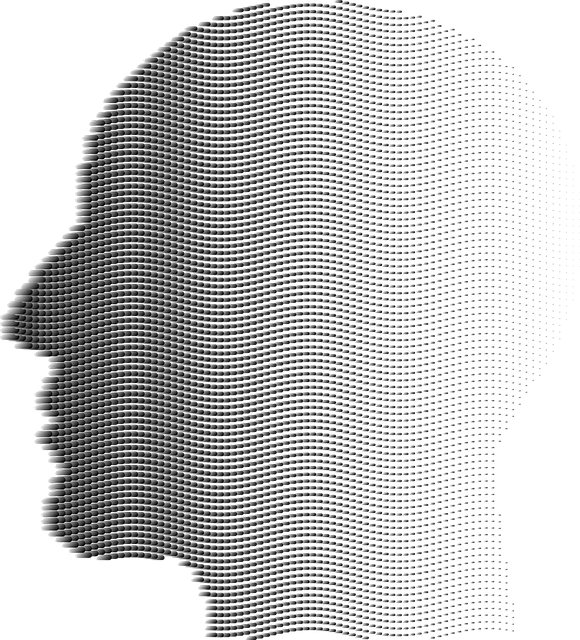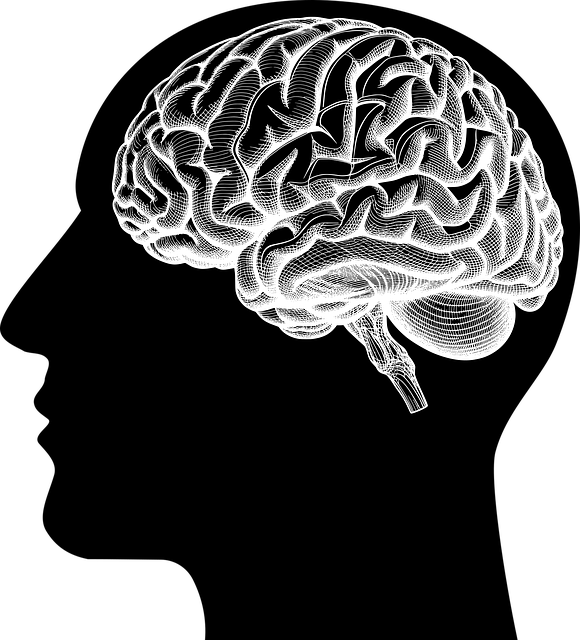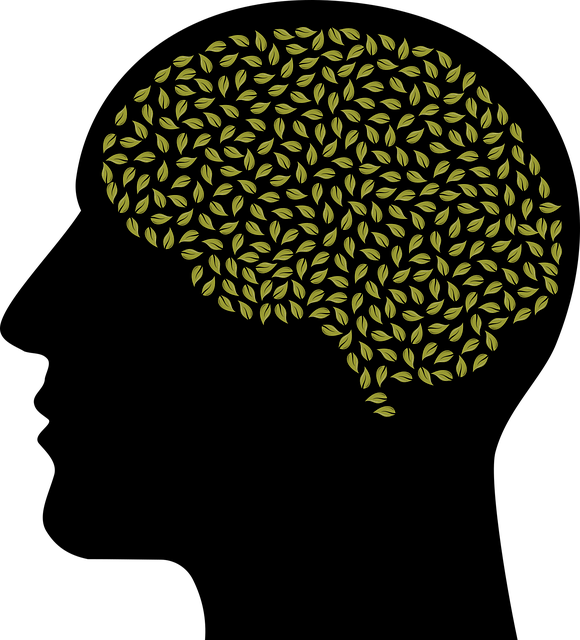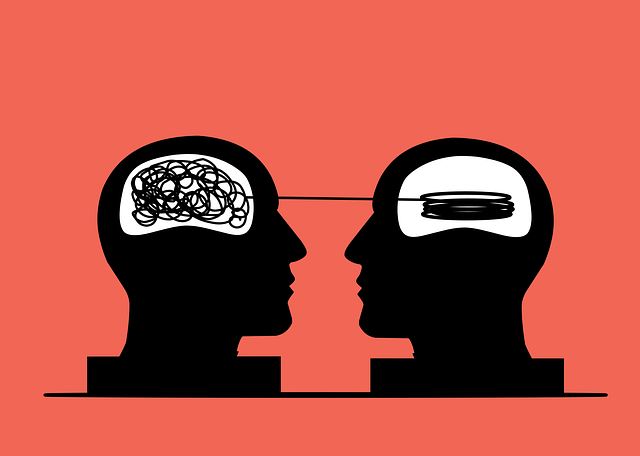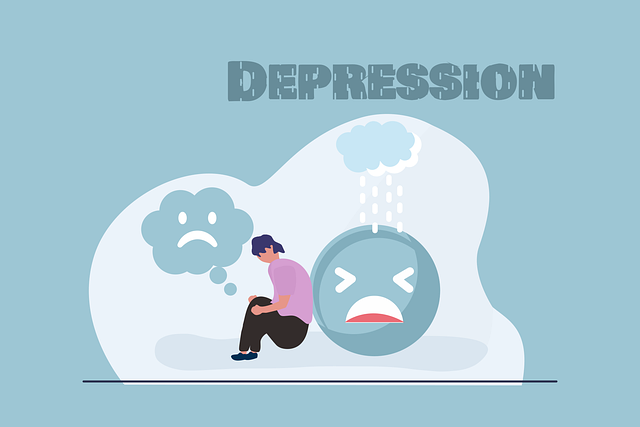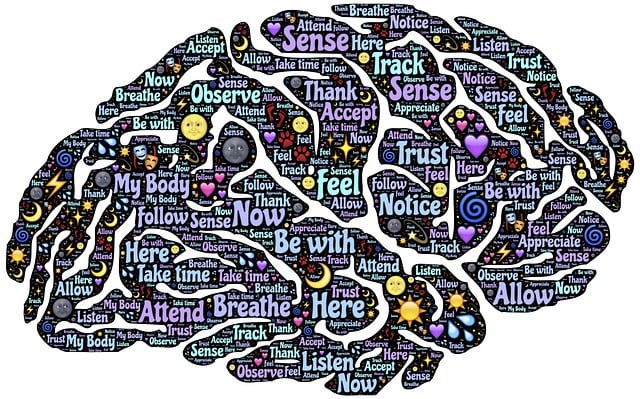Broomfield Child Abuse Therapy offers a comprehensive, evidence-based approach to mental wellness for children and adolescents, prioritizing safe spaces and tailored support. They utilize standardized assessments (like SDQ) and qualitative methods to track progress in communication strategies, mood management, and burnout prevention. Regular evaluations ensure interventions are adapted to individual needs. By analyzing attendance, engagement, and drop-out rates, they refine Mental Health Education Programs for better community service. This dynamic approach incorporates data-driven adjustments, evidence-based practices, Mental Health Policy Analysis, Self-Awareness Exercises, and Stress Reduction Methods to empower clients and foster overall well-being.
Mental wellness program evaluations are crucial for assessing and improving services. This article explores effective methods, using Broomfield Child Abuse Therapy as a foundation. We delve into assessment techniques, data collection strategies, and analysis methods that quantify and qualify outcomes. Additionally, we highlight the importance of continuous improvement, showcasing how evaluation findings can enhance mental wellness services. By understanding these processes, organizations can ensure their programs meet the needs of those they serve.
- Understanding Broomfield Child Abuse Therapy: A Foundation for Mental Wellness Programs
- Assessment Techniques: Tools for Evaluating Program Effectiveness
- Data Collection and Analysis: Quantifying and Qualifying Outcomes
- Continuous Improvement: Using Evaluation Findings to Enhance Services
Understanding Broomfield Child Abuse Therapy: A Foundation for Mental Wellness Programs

Broomfield Child Abuse Therapy serves as a foundational pillar for mental wellness programs, focusing on the holistic treatment of children and adolescents who have experienced trauma. This therapeutic approach prioritizes creating safe, supportive environments where individuals can process their experiences and develop healthy coping mechanisms. By integrating evidence-based practices tailored to each client’s unique needs, this therapy model empowers young people to build resilience and improve their overall mental wellness.
Effective mental wellness programs built upon these principles employ various evaluation methods to assess progress. These include measuring changes in communication strategies, mood management skills, and burnout prevention mechanisms. Regular assessments allow therapists to tailor interventions, ensuring that the program remains responsive to the evolving needs of participants. This continuous evaluation loop facilitates more targeted support, ultimately enhancing the effectiveness of the mental wellness initiatives.
Assessment Techniques: Tools for Evaluating Program Effectiveness

Assessment techniques play a pivotal role in evaluating the effectiveness of mental wellness programs, offering valuable insights into their impact and areas for improvement. One powerful tool is the use of standardized assessments, which provide a consistent and reliable method to measure changes in participant symptoms, functioning, and well-being over time. These can include validated questionnaires and scales tailored to specific mental health concerns, such as depression, anxiety, or trauma symptoms. For instance, the Broomfield Child Abuse Therapy program might employ standardized measures like the Strengths and Difficulties Questionnaire (SDQ) to assess children’s emotional and behavioral well-being before and after intervention.
Furthermore, qualitative methods enrich the evaluation process by capturing participants’ subjective experiences and perceptions of the program. Interviews, focus groups, and surveys allow individuals to share their stories, provide feedback, and offer insights into the program’s impact on their lives. This qualitative data complements quantitative findings, offering a more holistic understanding of the program’s effectiveness in fostering inner strength development. Additionally, examining participant attendance, engagement levels, and drop-out rates during Community Outreach Program Implementation can shed light on program appeal and accessibility, guiding future Mental Health Education Programs Design to better meet community needs.
Data Collection and Analysis: Quantifying and Qualifying Outcomes

Evaluating a mental wellness program involves a meticulous process of data collection and analysis. This stage is crucial as it quantifies and qualifies outcomes, offering insights into the program’s effectiveness. Researchers employ various methods to gather information, including surveys, interviews, and observations, which capture participants’ subjective experiences and objective changes. For instance, at Broomfield Child Abuse Therapy, they might use standardized questionnaires to assess improvements in symptoms, self-care practices, and conflict resolution techniques. These tools help in measuring the impact of the program on individuals’ mental health and well-being.
Through analysis, researchers can identify trends, patterns, and correlations between interventions and outcomes. They can determine if certain activities or therapies lead to significant improvements in areas like self-esteem improvement, better emotional regulation, or enhanced coping mechanisms. This data provides valuable feedback for refining the program, ensuring it aligns with participants’ needs and offers measurable benefits, ultimately contributing to positive mental health outcomes.
Continuous Improvement: Using Evaluation Findings to Enhance Services

At Broomfield Child Abuse Therapy, we understand that continuous improvement is a cornerstone of effective mental wellness programs. Evaluation findings play a pivotal role in enhancing services and ensuring they remain responsive to the evolving needs of our clients. By systematically assessing the impact of interventions, we can identify areas for growth and make data-driven adjustments. This iterative process involves analyzing both quantitative and qualitative data, which provides a comprehensive view of program effectiveness.
Leveraging the insights gained from evaluations, our team can implement evidence-based practices, refine existing strategies, and introduce innovative approaches. For instance, Mental Health Policy Analysis and Advocacy can guide us in adapting our services to align with best practices and community needs. Similarly, incorporating Self-Awareness Exercises and Stress Reduction Methods can empower clients with valuable coping mechanisms, fostering resilience and overall well-being. This dynamic approach allows us to continually refine our programs, making them more impactful and accessible.
In evaluating mental wellness programs, adopting a comprehensive approach inspired by Broomfield Child Abuse Therapy provides a robust foundation. By combining assessment techniques that measure both quantitative and qualitative outcomes, along with continuous improvement cycles grounded in data analysis, we can ensure these programs effectively address the needs they set out to serve. This iterative process not only enhances current services but also guides future developments, fostering a dynamic and adaptive mental health support ecosystem.


